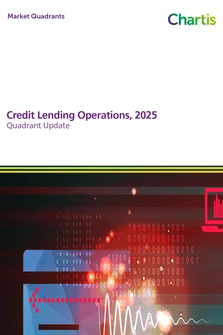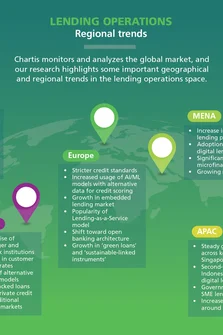<p>Following the fallout of the credit markets in 2008, the market paradigm for banks has shifted from traditional balance sheet liquidity risk management to what could be described as extreme survivalist defensive postures. 2012 has seen banks across major global markets continue their de-leveraging where possible and attempting to<br />
hoard cash and high quality assets. Financial institutions continue to find it difficult to generate revenue through asset sales, which remain difficult to execute in volume at attractive prices for the seller.</p>
<p>As a result of these trends, collateral management is today one element of a broader effort to manage firm-wide liquidity and assets effectively. Collateral management has, like many bank functions, been affected by the scarcity of resources and the implementation of more onerous regulations. The most desirable collateral has become at times a relatively scarce commodity, posing in some cases challenges for collateral pricing subject to issuer credit risk. Demand for these assets has increased, while supply has fallen, requiring financial institutions to make better, more efficient use of the assets they have.</p>
<p>Regulations have played their part in this, as the introduction of liquidity requirements and the tightening of what can be used as collateral have increased the demand and shrunk the supply of collateral assets. However, firms also require more collateral for transactions, as they try to do more to mitigate counterparty credit risk. The need for increased collateral means that financial institutions need to change their collateral management functions to be more efficient and more responsive. While regulatory compliance is mandatory, there are practical considerations in the day-to-day challenges of managing firm-wide liquidity, challenges which can be overcome to large extent with a well-designed and well-executed collateral management program.</p>
<p>In practice this means that to manage their available pool of assets better, financial institutions must have a better enterprise-wide view of their collateral, alongside an enterprise-wide view of liquidity and of counterparty credit risk. Additionally, collateral management functions will need greater integration with treasury and risk functions, and with front offices, both to decrease risk and to enable revenue generation and make maximum use of a limited stock of assets. Financial institutions need to improve their abilities to deal with an increased volume and variety of collateral and to use it at greater speed.</p>
<p>The requirements for improved collateral management functions will force firms to have a strong technology system in place. While the necessary technology will involve short-term costs, in the long-term, the return on investment will be worthwhile. This report covers the specific technologies required for financial institutions to successfully improve their collateral management functions, including integrated data models, enterprise-wide inventories, real-time collateral tracking and exposure monitoring, and enterprise collateral optimization.</p>
<p>In addition, the report covers the competitive landscape. Many vendors are advertising “enterprise collateral management solutions” and collateral optimization capabilities. However, there is significant confusion among risk technology buyers as to whether solutions cover both the banking book and the trading book, what constitutes an “end-to-end solution”, and whether optimization modules are automated or rely on manual input. The plethora of competing claims made by risk technology vendors can make it difficult for buyers to decide which solution best suits their collateral management needs.</p>
<p>This report attempts to clear up this confusion by using Chartis’s recently introduced RiskTech Quadrant™ to help to throw light on the market. The RiskTech Quadrant™ uses a comprehensive methodology of in-depth independent research and a clear scoring system to help explain which technology solutions meet the needs of various financial institutions. The RiskTech Quadrant™ does not simply describe one technology solution as the best collateral management solution; it has a sophisticated ranking methodology to explain which solutions would be best for buyers, depending on their implementation strategies and business needs.</p>
<p>This report covers the leading vendors offering Enterprise Collateral Management solutions for financial institutions, including Armanta, Axiom SL, IBM Algorithmics, Lombard Risk, Misys, Omgeo, OpenLink, Rockall, and SunGard.</p>
Only users who have a paid subscription or are part of a corporate subscription are able to print or copy content.
To access these options, along with all other subscription benefits, please contact info@risk.net or view our subscription options here: http://subscriptions.risk.net/subscribe
You are currently unable to print this content. Please contact info@chartis-research.com to find out more.
You are currently unable to copy this content. Please contact info@chartis-research.com to find out more.
Copyright Infopro Digital Limited. All rights reserved.
As outlined in our terms and conditions, https://www.infopro-digital.com/terms-and-conditions/subscriptions/ (point 2.4), printing is limited to a single copy.
If you would like to purchase additional rights please email info@chartis-research.com
Copyright Infopro Digital Limited. All rights reserved.
You may share this content using our article tools. As outlined in our terms and conditions, https://www.infopro-digital.com/terms-and-conditions/subscriptions/ (clause 2.4), an Authorised User may only make one copy of the materials for their own personal use. You must also comply with the restrictions in clause 2.5.
If you would like to purchase additional rights please email info@chartis-research.com


